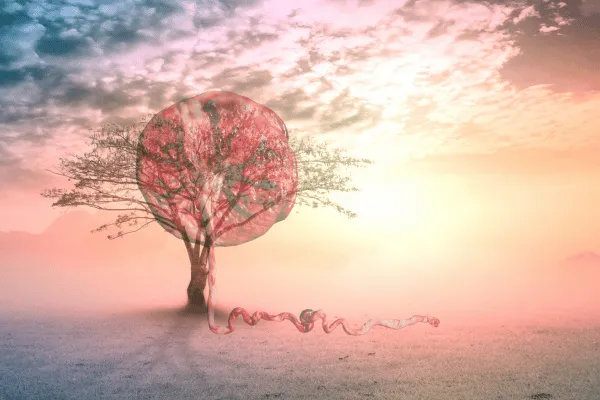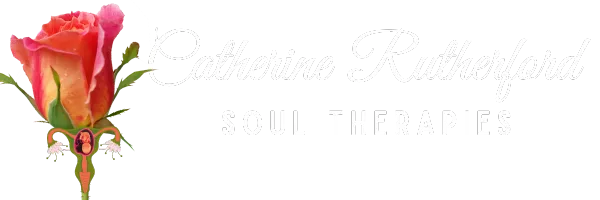Blog
Sit back, relax and read with a lovely cappuccino !!

Your Amazing Placenta
“It makes sense that the placenta almost looks like a tree with many branches – a tree of life.” - Ricki Lake
What a miracle pregnancy is. Did you know that when you get pregnant, you are not only growing a new baby, you are also growing a whole new organ called the Placenta. So, as you struggle with nausea, sore boobs, fatigue and food cravings, your body is tirelessly working in the background to grow your baby and this vital lifeline between you both.
What is the Placenta ?
The Placenta starts growing not long after fertilization, when the blastocyst implants in the uterine wall. It is composed of fetal and maternal tissue. The maternal side of the placenta grows roots deep into the lining of the womb, accessing nourishing supplies of blood and nutrients to feed the growing baby. These roots look like the twigs at the top of a tree. The umbilical cord is then connected to where the "belly button" is.
If the womb lining is poor, the placenta cannot grow a good root system as it is unable to get the nutrients it needs to grow itself and sustain the pregnancy going forward. This can cause issues to arise during the pregnancy. This is why it is a good idea to prepare and look after your body, eating healthy and nutritious foods for a couple of months before you get pregnant. This will lay down the path for the healthy outcome of your pregnancy and helps you avoid complications later on.
So, What does the Placenta do ?
From around Week 10 the Placenta is fully formed and takes over the role of feeding and nourishing your baby. It connects to your baby via the umbilical cord and acts as the baby’s lungs, taking in oxygen and getting rid of carbon dioxide. It also supplies the baby with nutrients and antibodies and removes waste. It also protects the baby from the mother's immune system.
Around this 10/12 week mark, the Placenta also takes over the production of Progesterone and if you have morning sickness, it will usually cease when this happens. If your morning sickness continues, it is because you have higher concentrations of a protein called GDF15 but this is a good sign that the Placenta is doing its job.
How to look after your Placenta
In the first couple of months of pregnancy, the baby will draw it’s nutrients from your body so it’s important that you are in tip top shape. Some important nutrients are;
Folate protects against neural tube defects such as spina bifida, and it is vital to take a supplement with folate in the first trimester. It can be found in wholemeal bread and fortified cereals but you’ll get your RDA with a supplement as well.
Calcium is a mineral that helps your baby’s bones, teeth, heart, muscles and nerves develop. Good sources of calcium include milk, cheese, yogurt, broccoli and kale.
Choline – this is essential for production of cell membranes and cell division and can be found in foods including bananas, fish, eggs, nuts, pulses, soya beans and wholegrains
DHA omega 3 – during the first trimester the baby grows fast and the brain develops just 18 days after conception. DHA is a crucial component of the brain, eyes and nerve cells and can be found in foods such as avocados, nuts, seeds, eggs and oily fish, but a supplement will ensure you build up a supply, ready for when your baby reaches week 28 and goes through the rapid development phase.
Vitamin D - helps your baby’s bones and teeth grow. It also helps your body to absorb calcium. Good sources of vitamin D include fatty fish, like salmon, milk and cereals that have vitamin D added to it
B vitamins – these help your body convert food into energy and are important in early pregnancy because they play a part in the formation of new cells. They can be found in a variety of foods including wholemeal bread and cereals, cheese, eggs, fish and lean meats.
Iodine – this helps to make the thyroid hormones that assist the brain in development and helps keep cells and the metabolic rate healthy. Fish, shellfish and edible seaweed contains the most, but most seafoods should be avoided during pregnancy, so we recommend you take a supplement to get your RDA. Most good multivitamin and mineral supplements for pregnancy will include this.
Zinc – is vital for tissue growth and repair. It’s also important for the immune system and the processing of fat, protein and carbohydrates. Found in beef, nuts wholemeal bread, fish, meat and dairy products
Iron – this helps to maintain your iron levels and avoid anaemia which can leave you weak and tired. Good source of Iron include lean meat, green leafy vegetables, dried fruit and nuts.
Vitamin C – to help protect the cells and keep them healthy. Vitamin C can be found in oranges and orange juice, peppers, strawberries, potatoes, broccoli, green leafy vegetables.
Birthing the Placenta ?
So, baby is born and is still connected to you for oxygen, nutrients etc. However, if the cord is cut too quickly, it can prevent red blood cells and oxygen also stem cells from getting to your baby which can help iron stores for the first few months of life. Waiting 30–60 seconds after birth is considered the proper cord clamping time frame due to the health benefits for your baby. For babies born prematurely, delaying cord clamping for 30–60 seconds decreases the serious complications of prematurity that can be life-threatening (Mayo Clinic).
Then it's time for the third part of labour, the birthing of the Placenta. Sometimes this can pass unnoticed as you are preoccupied with your newborn. Nowadays it can be a very rushed procedure when you are given chemical oxytocin to hurry up the birth. Believe it or not, this does you out of experiencing the biggest dose of natural oxytocin dose of your life ! It is a decision for you whether you want to birth the placenta naturally or not.
And something else to consider, being disconnected from the "twin" which shared the womb for 9 months, can be very traumatic. It is like us losing our handbag, you feel lost without it, maybe anxious and disconnected. This is why, it might be nice to do something with the placenta, after baby is born.
What can you do with the Placenta ?
Nowadays, that amazing and powerful organ is just thrown away. But there are a few things you can do with it;
Ritual of Burying the Placenta. You might find comfort in doing a little ceremony to say farewell to your pregnancy while you embark on your journey into motherhood. It is believed that burying the placenta into the earth, will protect the child and let's the earth know that your child has found its place.
Placenta Encapsulation. This involves the Placenta being collected, cleaned, steamed and dried then finally being milled to form capsules. These capsules are full of hormones, nutrients, minerals, stem cells which are believed to provide;
Energy
Increase milk supply
Quicker recovery
Improved mood
Helps uterus to shrink more quickly
Tops up the levels oxytocin which aids bonding with baby
Homeopathic Placenta Remedies. This involves the placenta being turned into homeopathic remedies which can be taken by mum and baby and has the same benefits as the tablet form.

SOCIALS
© Catherine Rutherford, Soul Therapies - All rights reserved